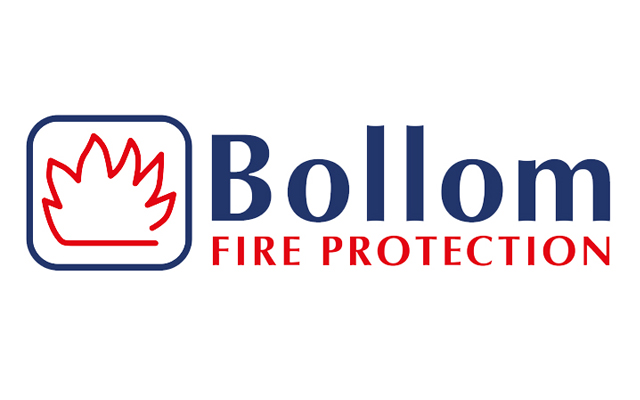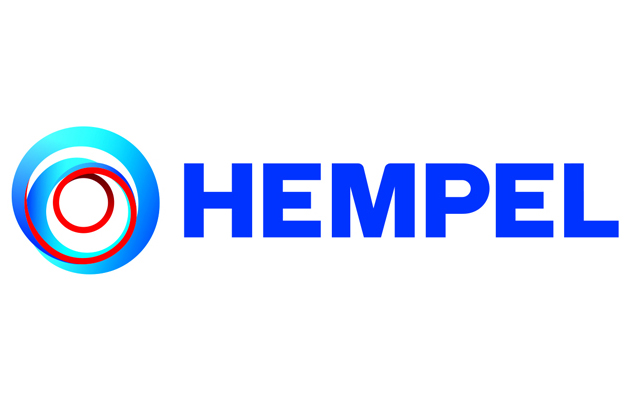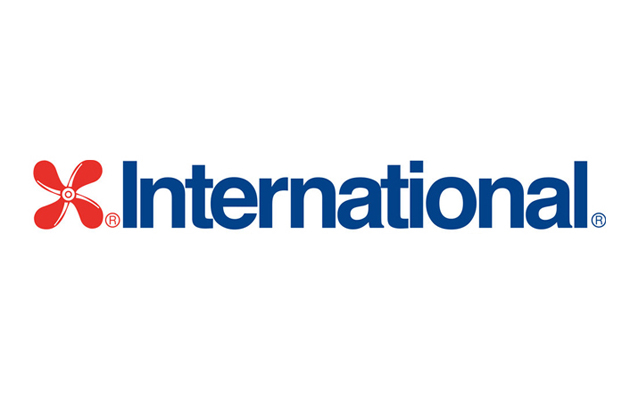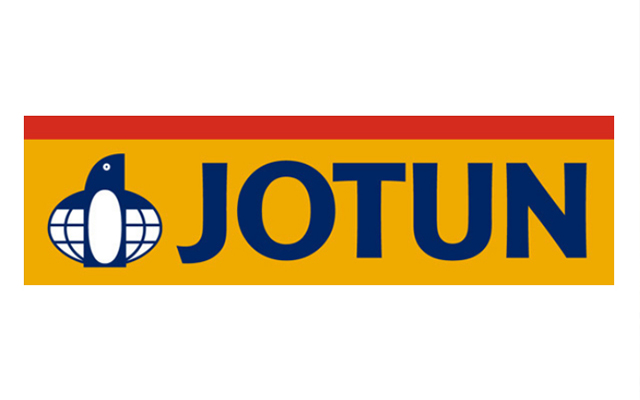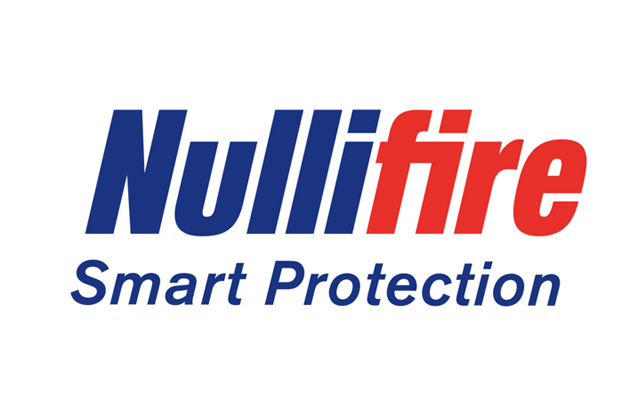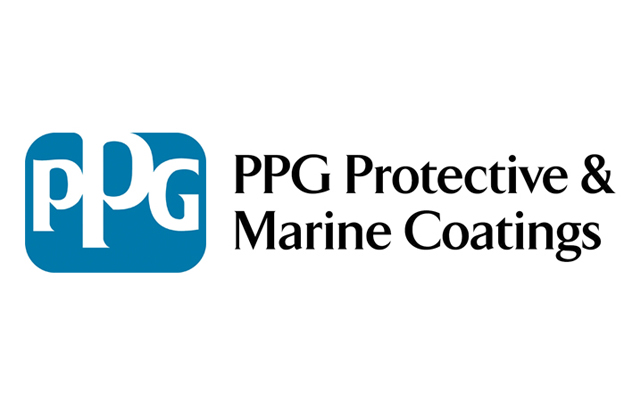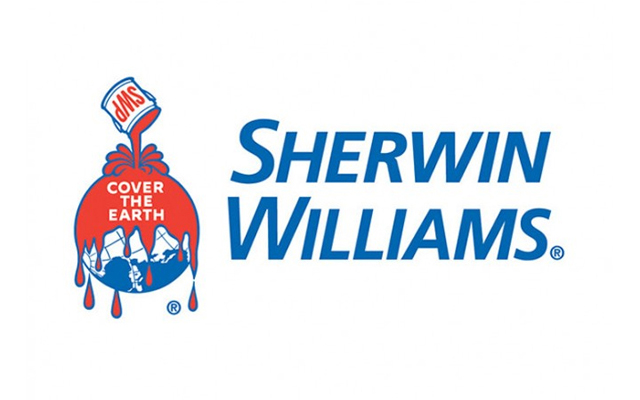£9.95 delivery on orders excluding certain products & postcodes *
Intumescent Paint For Steel
Fire Resistant Paints and Intumescent Coatings for Steel
Promain supply the complete range of intumescent steel fire protection paints and coatings which can be used on metal. These coatings can be for both internal and external metals such as steel building construction. Our great range of flame resistant surface coatings provide the metal surface with a protective layer expanding with the heat from a fire which therefore protects the material below to maintain the structural stability of a metal building if there were to be a fire. From small uses such as BBQ grates to use on full buildings, we are sure to have the product that is perfect for you in our great range of flame resistant and fireproof coatings for metal surfaces.
Promain take our customers safety seriously, and therefore we are only more than willing to provide you with any information or advice you need regarding intumescent coatings for steel.
